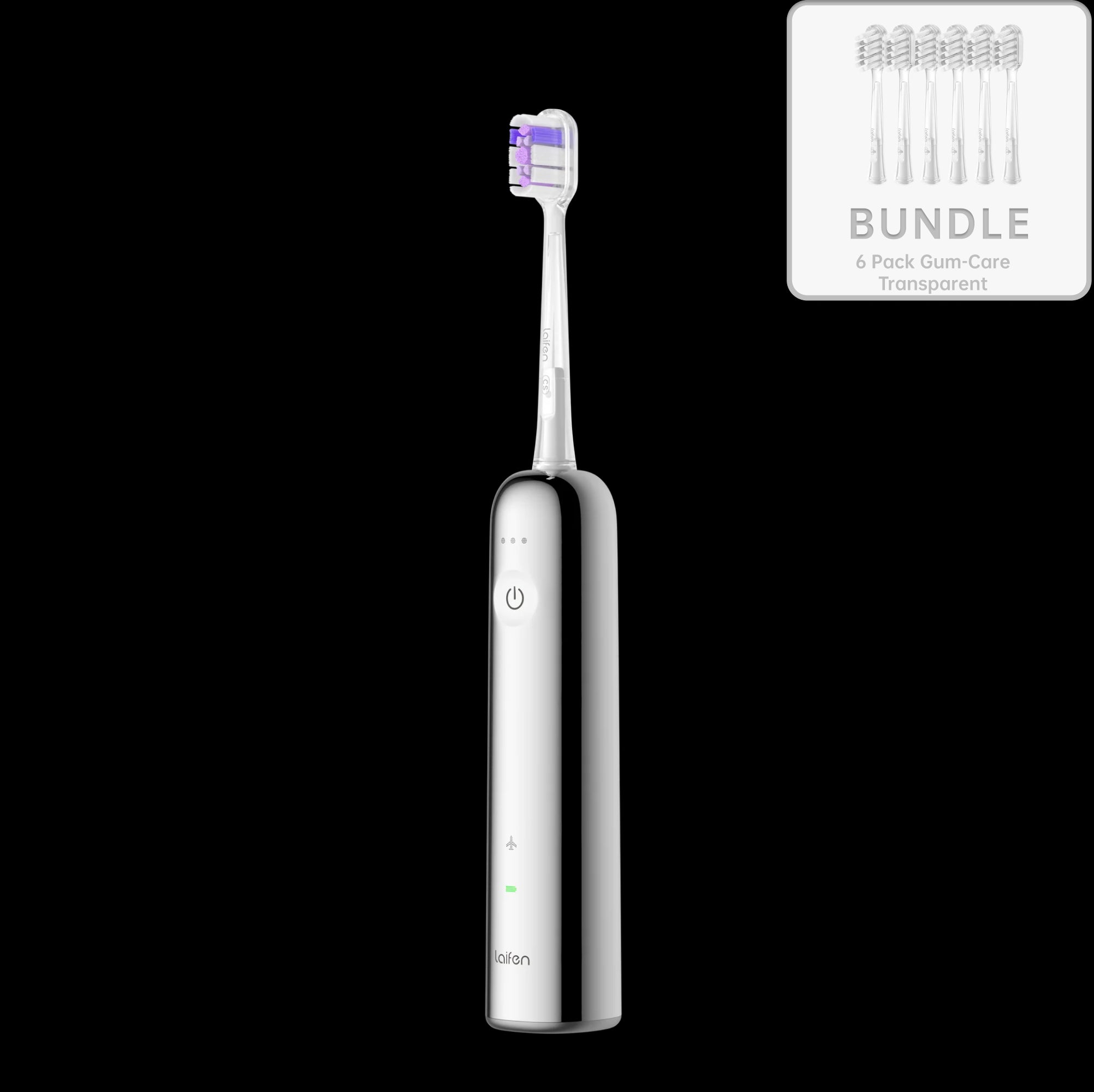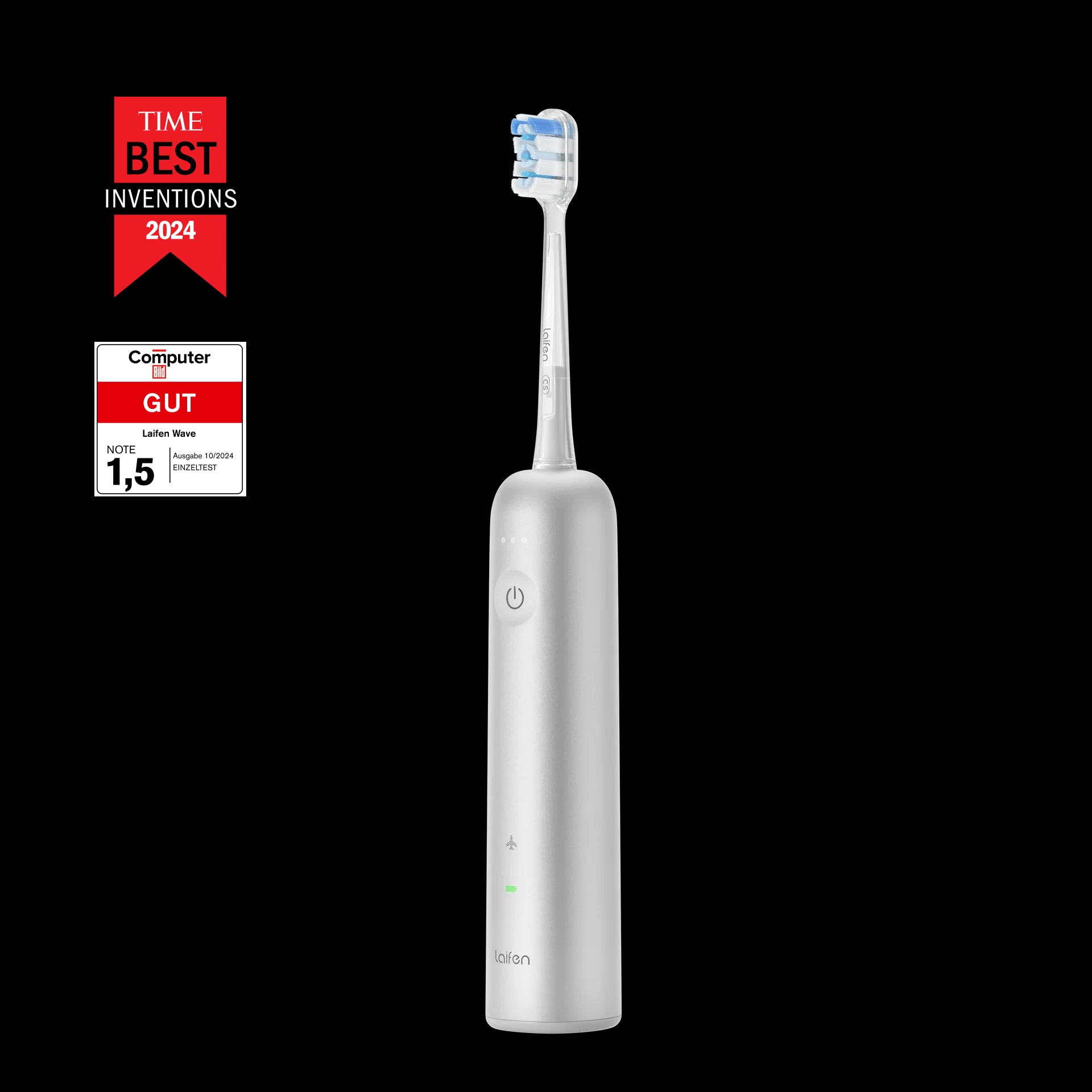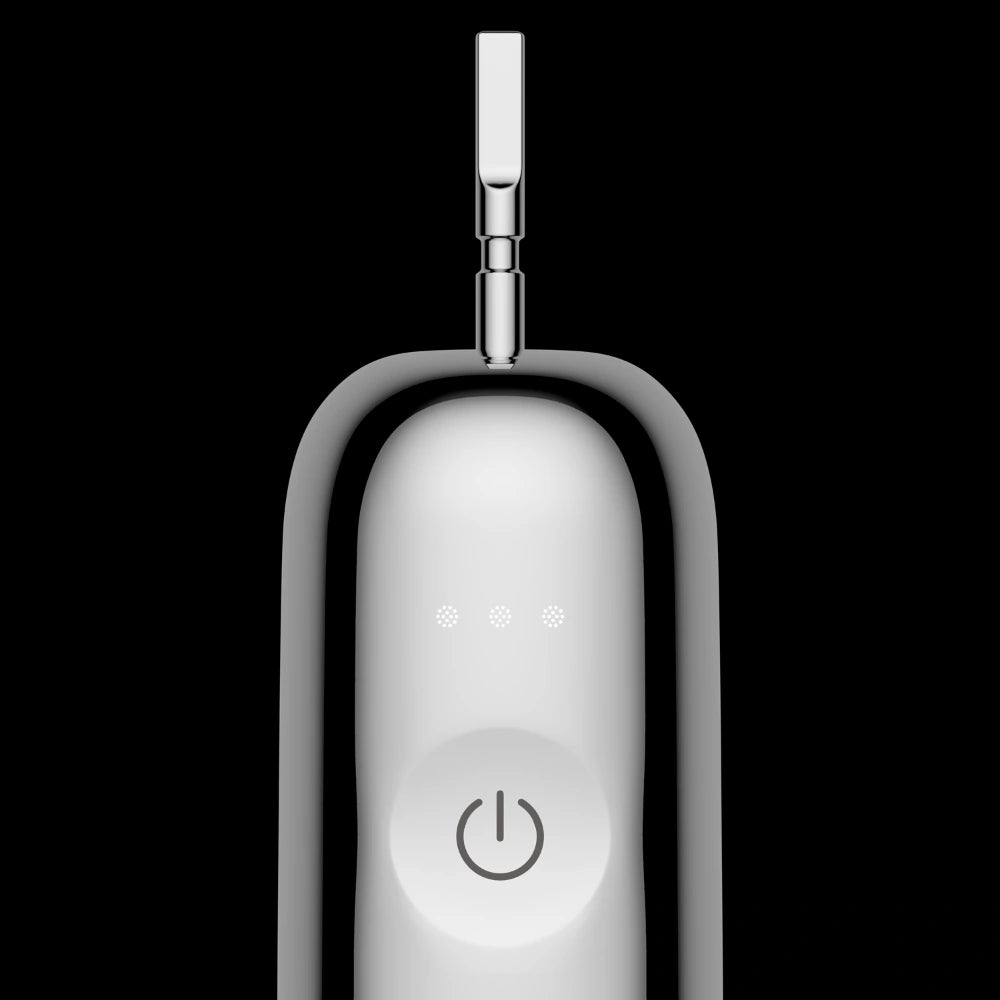
In this article
Wondering if that nagging toothache could be behind your ear pain? You're not alone. A toothache can indeed radiate pain to the ear, often due to shared nerve pathways. Causes vary from dental issues like cavities or infections to sinus problems or temporomandibular joint (TMJ) dysfunction. Duration can range from temporary discomfort to persistent agony. But fear not, we're here to guide you through it all. You're able to learn more about the connection and effective ways to relieve ear pain caused by toothaches.
Can a toothache cause ear pain?
It's true, a toothache can indeed cause ear pain.
The nerves in the teeth and ears are interconnected, so pain from dental issues like cavities, infections, or gum disease can radiate to the ear. Conditions like TMJ or sinus problems can also contribute to both tooth and ear discomfort.
There are more reasons may cause your ear pain, check here:
-
Tooth infection or abscess
-
Eustachian tube dysfunction
-
Perforated eardrum
-
Earwax buildup
-
Foreign object lodged in the ear canal
-
Dental issues such as cavities or gum disease
-
Tonsillitis or throat infection
How do I know if my tooth is causing my ear pain?
If you're experiencing ear pain and suspect it may be related to a tooth issue, there are several symptoms to look out for:
-
Sharp or throbbing tooth pain: Pain originating from a specific tooth or area of the mouth, especially when chewing or applying pressure.
-
Tooth sensitivity: Increased sensitivity to hot, cold, or sweet foods and beverages, particularly in conjunction with ear pain.
-
Gum swelling or tenderness: Inflammation or tenderness in the gums surrounding the affected tooth may accompany both tooth and ear pain.
-
Jaw pain or stiffness: Discomfort or stiffness in the jaw joint (TMJ), often accompanied by clicking or popping sounds, may be indicative of dental issues affecting nearby structures and causing referred ear pain.
-
Earache worsened by chewing: Ear pain that intensifies when chewing or biting down, especially on the side of the mouth with the affected tooth.
Can a tooth infection spread to your ears?
In this section, let's discuss the spread of a tooth infection to the ears.
Possibility of spread
A tooth infection can potentially spread to your ears, although it's not a direct transmission. Instead, the spread occurs through interconnected nerve pathways, blood vessels, and soft tissues in the head and neck region.
Anatomical connections
The teeth, ears, and surrounding structures share a complex network of nerves and blood vessels. Infections originating from dental issues such as abscesses or gum disease can travel along these pathways and cause symptoms in adjacent areas, including the ears.
Symptoms of spread
Ear symptoms resulting from a tooth infection may include ear pain, fullness or pressure in the ears, ringing or buzzing sounds (tinnitus), and even temporary hearing loss. These symptoms often accompany dental pain and may worsen as the infection progresses.
Risk factors
Certain factors can increase the likelihood of a tooth infection spreading to the ears, including untreated dental infections, compromised immune function, poor oral hygiene, and underlying medical conditions that affect the body's ability to fight infection.
How to relieve ear pain from toothache?
Here are three to four ways to alleviate ear pain from a toothache:
Over-the-counter pain relief
Non-prescription pain relievers such as ibuprofen (Advil, Motrin) or acetaminophen (Tylenol) can help reduce both tooth and ear pain. Follow the recommended dosage instructions and consult with a healthcare provider if you have any medical conditions or are taking other medications.
Here are the steps:
Step 1. Obtain non-prescription pain relievers such as ibuprofen or acetaminophen.
Step 2. Follow the recommended dosage instructions on the packaging.
Step 3. Take the medication with a glass of water as directed.
Step 4. Consult with a healthcare provider if necessary.
Cold compress
Applying a cold compress or ice pack to the affected side of the face can help numb the area and reduce inflammation. It's recommended to wrap the ice pack in a cloth or towel to prevent direct contact with the skin and apply it for short interval.
Tutorial:
Step 1. Use a cold compress or ice pack by wrapping ice in a cloth or towel.
Step 2. Apply the cold compress to the affected side of the face.
Step 3. Hold the compress in place for 15-20 mins.
Step 4. Take breaks between applications to prevent skin irritation.
Step 5. Repeat the process for temporary relief from ear and tooth pain.
Saltwater rinse
A warm saltwater rinse can help soothe oral tissues and alleviate discomfort from a toothache, which may indirectly relieve associated ear pain. You should mix a teaspoon of salt into a glass of warm water and swish the solution around in your mouth for about 30 seconds before spitting it out. Repeat several times a day.
Tutorial:
Step 1. Mix a teaspoon of salt into a glass of warm water until it dissolves.
Step 2. Take a small sip of the saltwater solution and swish it around in your mouth for about 30 seconds.
Step 3. Spit out the solution and avoid swallowing.
Step 4. Repeat several times a day after meals or whenever you experience toothache discomfort.
Step 5. Do not use of any remaining saltwater solution and prepare a fresh batch for the next use.


























